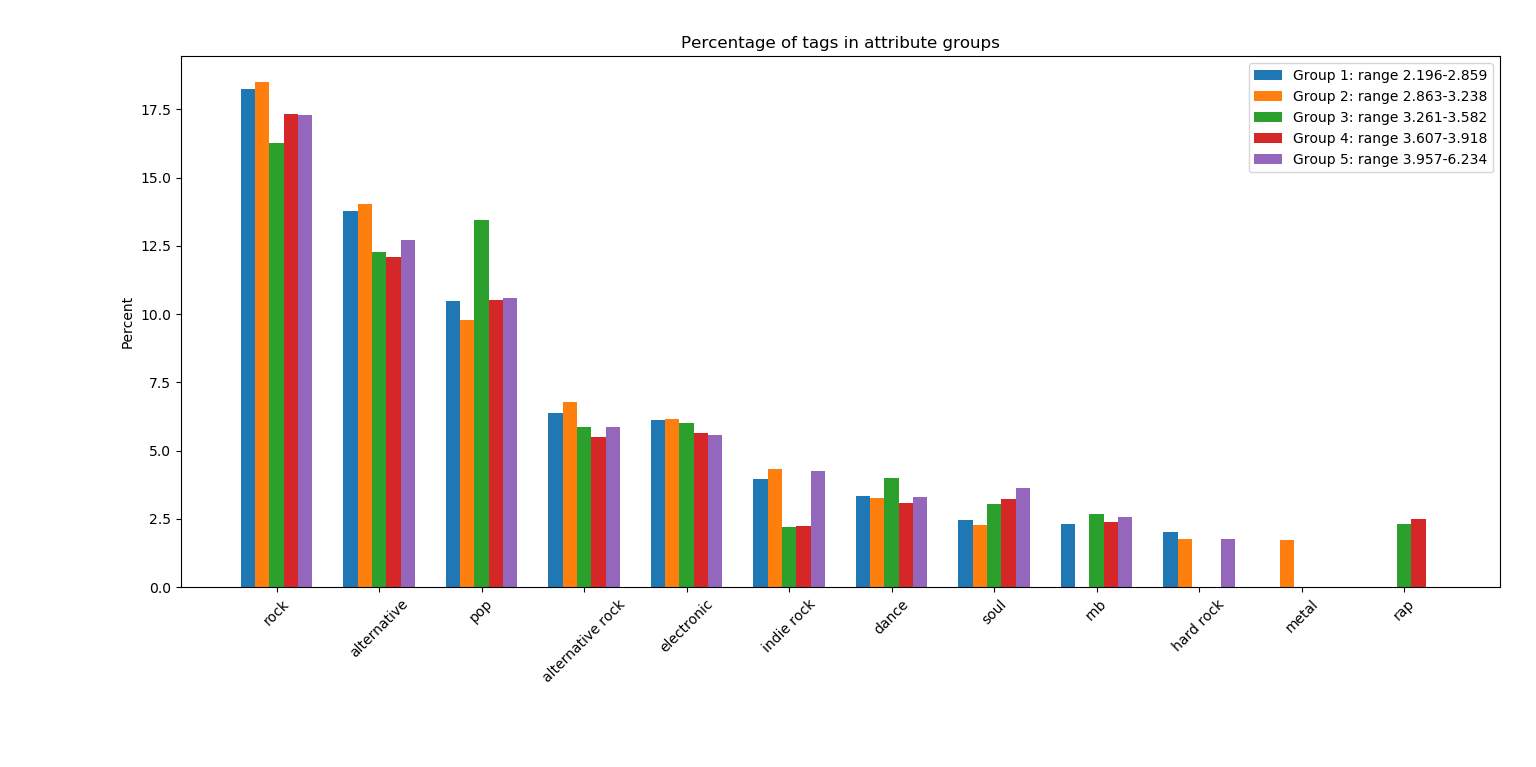
ABOUT THE PROJECT
Our application studies how Human Development Index (HDI) and depression rates affect music preferences all around the world.
The HDI is a statistic composite index of life expectancy, education, and per capita income indicators, which are used to rank countries into four tiers of human development. A country scores a higher HDI (between 0 and 1) when the lifespan is higher, the education level is higher, and the gross national income GNI per capita is higher. Moreover, we tried to associate this index with the depression rates of each country in order to understand if these two affect the music genre popularity.



